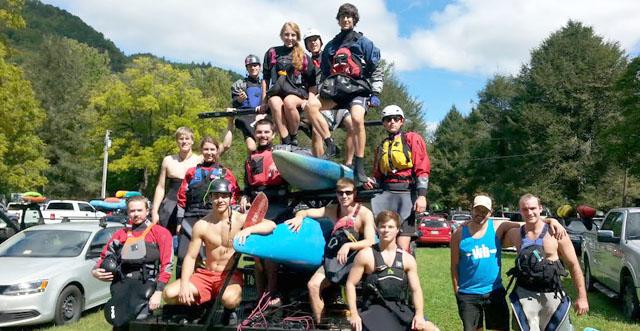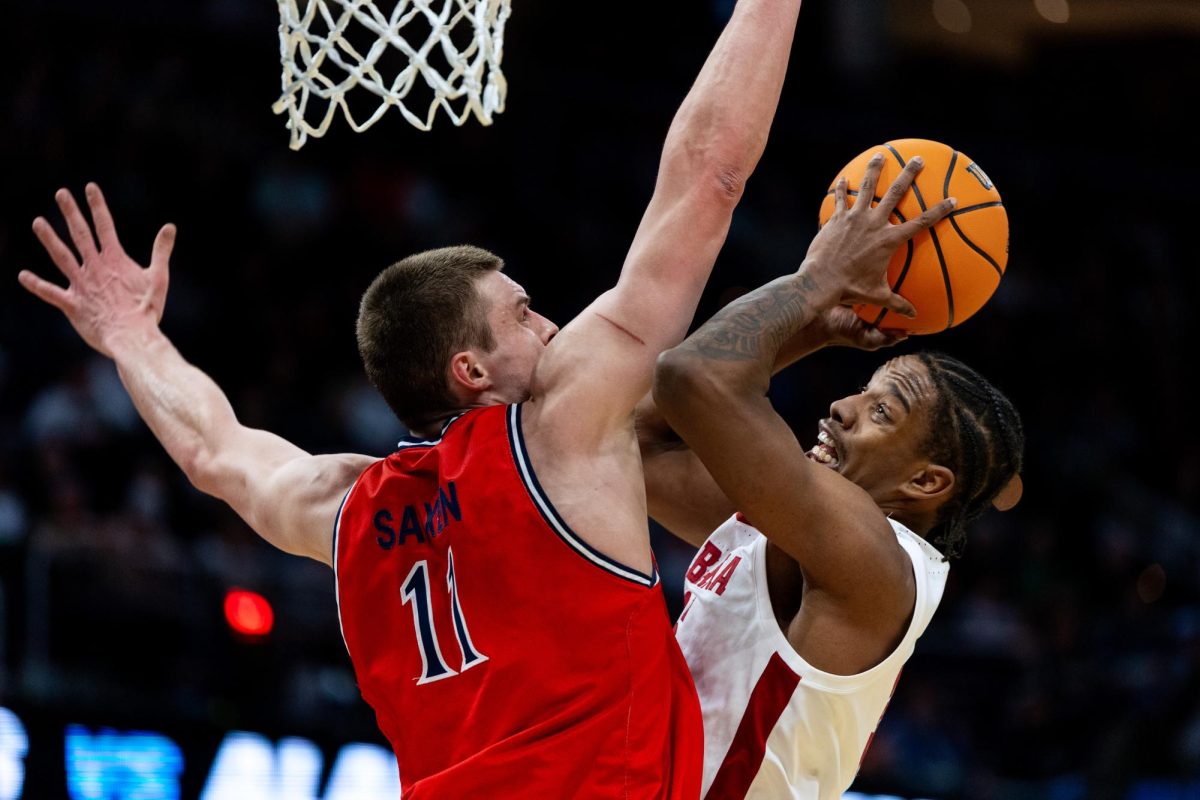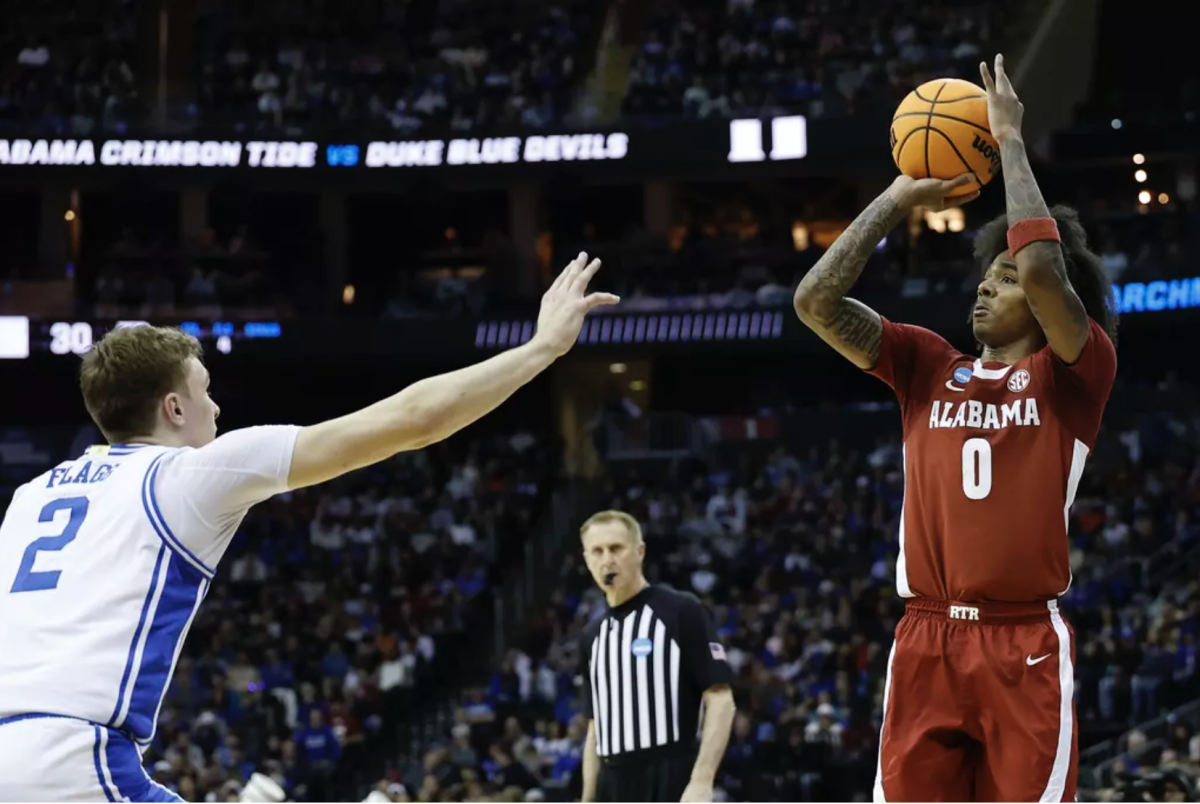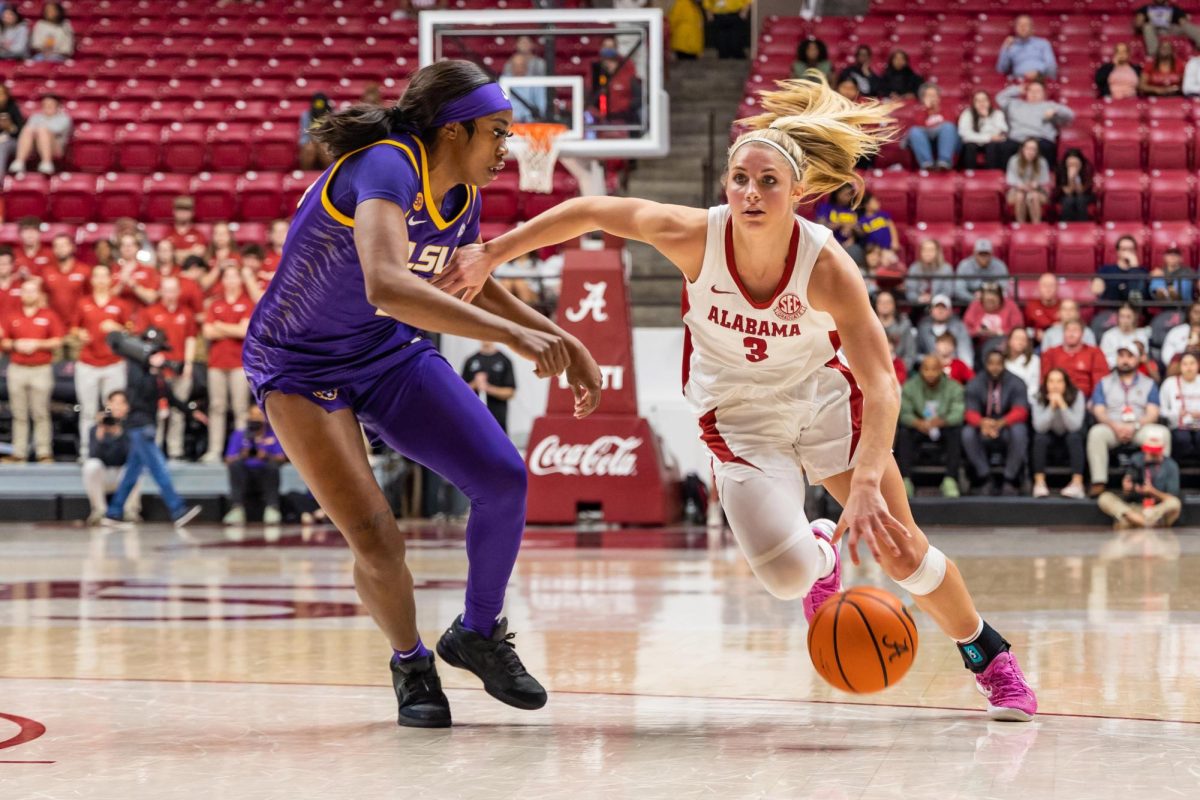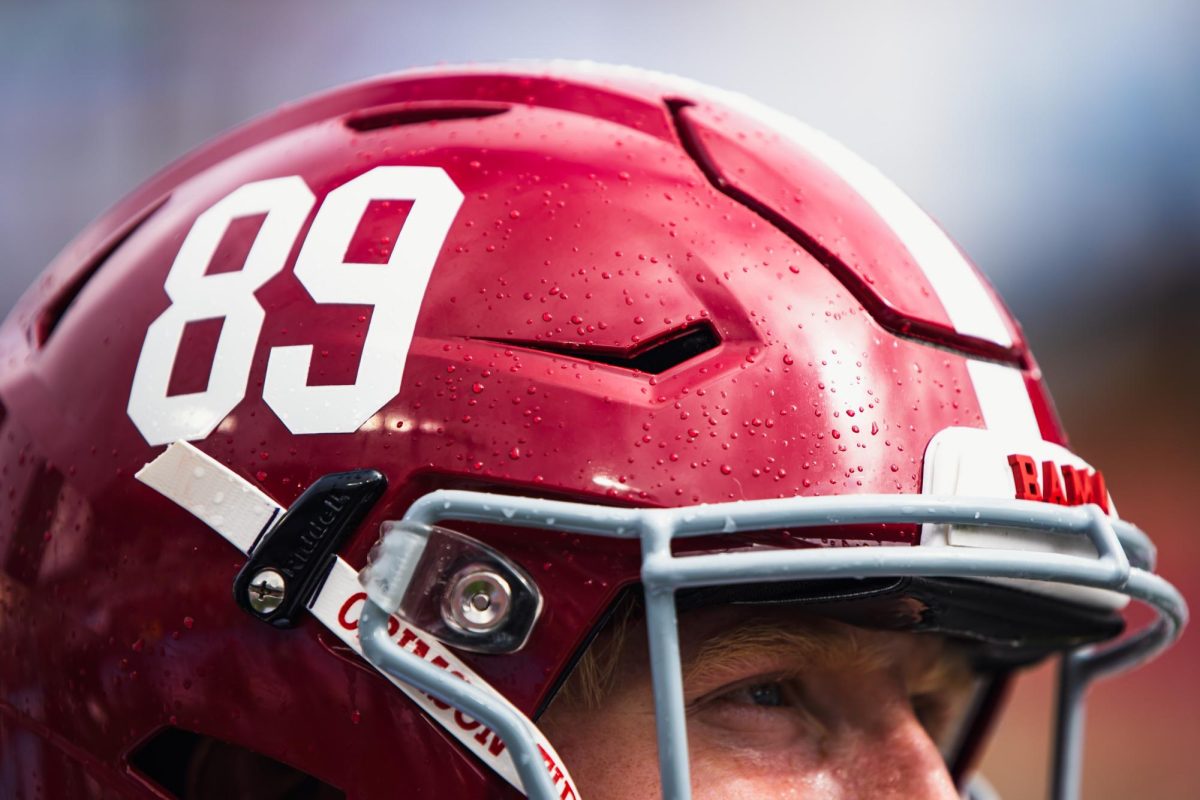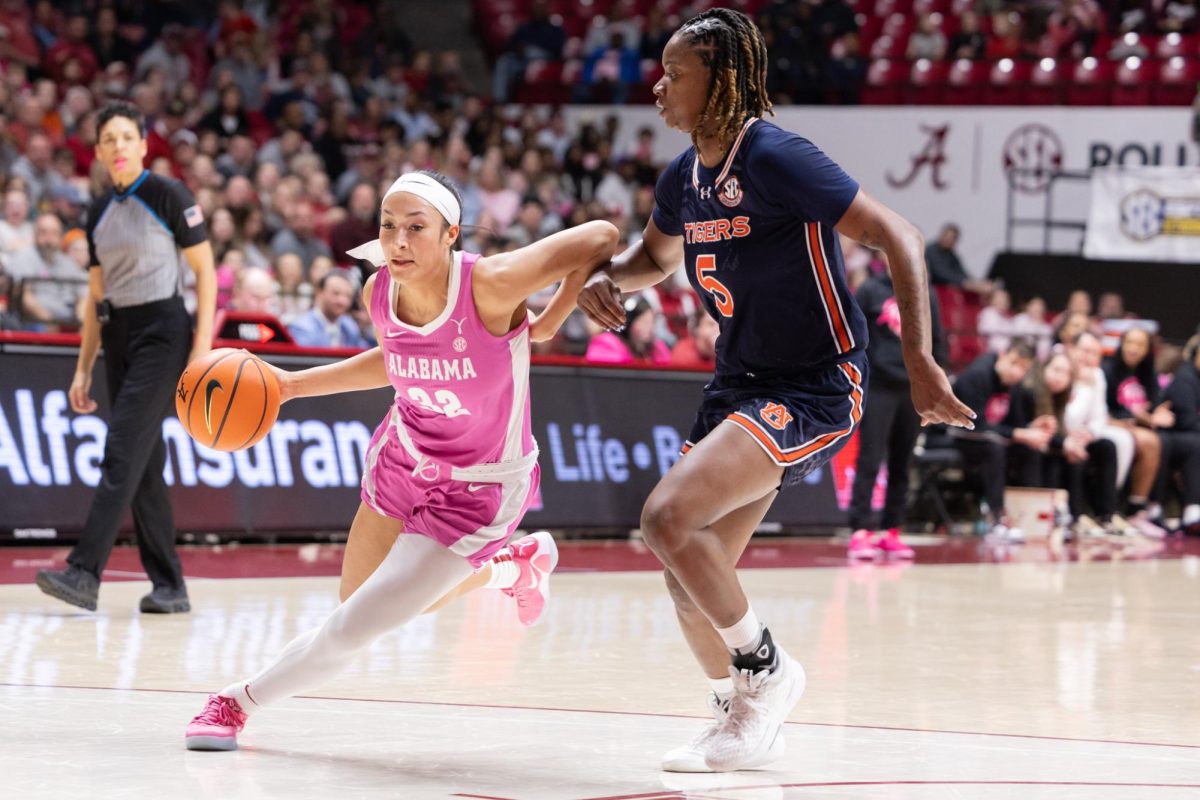Alabama kayak club president Brian Bartlett said the sports of whitewater kayaking and regular kayaking have less in common than first glance might suggest.
“It’s a different sport entirely,” said Bartlett. “The boats are different, the gear is different, and the approach is different.”
The transition from still to moving water is one of the biggest obstacles novices have to overcome. Club treasurer Justin Magrath said the club works hard to ensure the transition is as gradual as possible.
“Transitioning from still water to moving water is a big step,” Magrath said. “There are a lot more variables to think about when kayaking in rapids as opposed to a pool.”
New members are encouraged to begin competing shortly after they feel comfortable in moving water. Bartlett said the new members often struggle initially, but the experience gained helps them to develop into competent, highly competitive, whitewater kayakers.
Older members, like the club’s vice president Will Conlin, enjoy competing against other experienced whitewater kayakers. The majority of the club events involve the Alabama Cup Races.
“There are three races, two at the Locust Fork and one at the Mulberry Fork,” Conlin said.
The club also sends teams out of state to Virginia to compete in the American Canoe Association Collegiate Nationals. On Nov. 1, the club’s men’s and women’s teams placed second and fourth, respectively.
Bartlett said while the club enjoys competing in events like nationals, the purpose of the club has changed over recent years.
“The club’s mission has changed to be more instructional. We try to take as many new people as we can,” he said.
The University’s club team has seen growth while many other college programs are shrinking or disappearing all together, and it works hard to foster a strong sense of community.
“My membership in this club has given me a group of great friends,” Magrath said.



